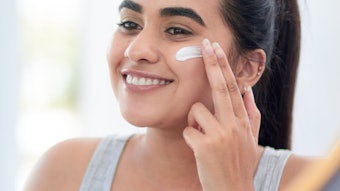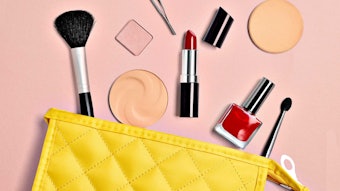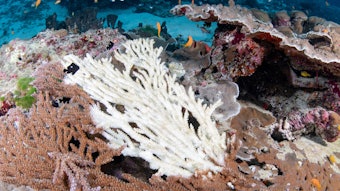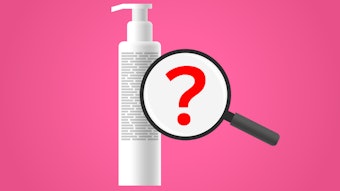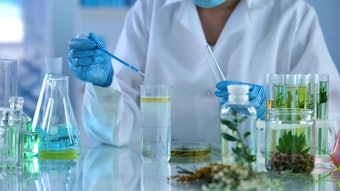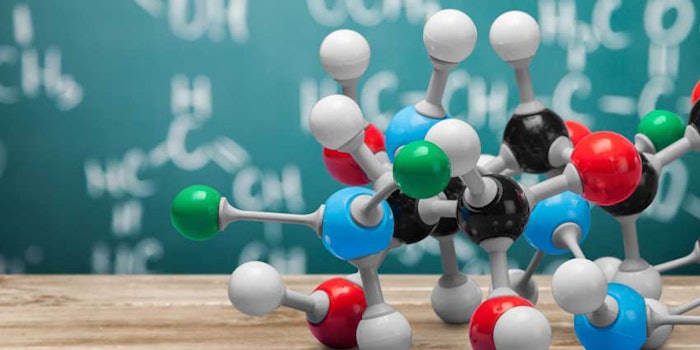
Nanoparticles in cosmetic preparations are found to improve the stability of various cosmetic ingredients such as unsaturated fatty acids, vitamins or antioxidants by encapsulating them; increase the efficacy and tolerance of UV filters on the skin surface; make the product more esthetically pleasing; and enhance the penetration of certain active ingredients to the epidermis.
Nanotechnology involves engineering or creating things at the nanoscale and the length scale of molecules is typically between 1 nm and 100 nm, explained with Russ Walters, Ph.D. of Johnson & Johnson. Essentially, molecules are put together to make new things.
“There’s generally two approaches to making things: One, you can take something large and make it smaller, so like carving a block of marble into something else and reducing something big; and the other approach is taking something small and putting it together to make something bigger so like building something out of Legos, putting blocks together,” added Walters. “A lot of cosmetics are made this way.”
Listen below for Walters’s insights on:
- The risks and safety measures used in nanotechnology;
- What products nanotechnology and nanoparticles are applicable to;
- How nanotechnology plays a role in UV rays and more.
“Nanotechnolgy has been around for a very long time,” explained Walters. “Previously it was more of an art or a craft. People [in] lots of industries or crafts used nanotechnology without knowing it. So there’s many, many things that contain nanotechnology.”


